How to communicate Sustainability- do’s and don’ts
The advent of Covid-19 has brought our planet to a slow-burning standstill whilst headlines surrounding the pandemic have fast-taken over global consciousness. This World Environment Day, let’s all be reminded that the climate crisis is still ongoing no matter how far the current pandemic sadly escalates. After all, our climate emergency is far from over.
2020 also marks 50 years of Earth Day, a global event demonstrating support for environmental protection (this year gone digital). We are prompted to come together and fight even harder for climate action while the Covid-19 pandemic is being contained.
At Concept Culture, we often work with built environment organisations that specialise in sustainability and address wider issues of well being and social value. Striving to market and communicate our client’s sustainability vision responsibly and transparently is always our primary goal.
The value of socially conscious communications
From large construction companies to small-scale local architects, in our socially conscious age, clients are more likely to want to work with you if you’re engaged with social or environmental issues. Standard attempts at displaying ‘climate-wokeness’ usually appear on company website ‘About’ pages, practice profile statements or social media bios. That is nowhere near enough in the times of rising climate activism with groups like Extinction Rebellion and Greta Thunberg’s School Strike for Climate permeating mainstream consciousness. How then do we best communicate sustainability as built environment practitioners?
Genuine sustainability successes can unfortunately be undermined by empty words and catchall eco-statements. As such, ‘greenwashing’ can adversely overshadow the success of your organisation’s marketing efforts and your sustainability standpoint.
Read on to find out what greenwashing means and how your organisation can avoid greenwashing its communications in our increasingly aware, climate-conscious and fact-checking world.
Don’t- ‘Sell’ sustainability for the sake of it
Within the built environment sector communications, ‘selling sustainability’ is a big business and some may be tempted to use it as a marketing tool aka ‘greenwashing’. Greenwashing, also referred to as the eco-version of white lies- is when a company makes misleading claims about the environmental benefits of its product, service or organisational practice.
Examples of greenwashing might include using misleading terms, irrelevant claims and suggestive environmental imagery. However, for today’s climate-conscious audience, the use of generic stock green imagery and graphics to communicate sustainability is not good enough. Instead communications should champion honesty, transparency and environmental credentials above all.
Do- Communicate your ‘WHY’?
Championing credibility and transparency in your sustainability communications begins with explaining your why. Put simply- why does your organisation care about climate action or social good? How do your sustainable values work to better our planet?
Explaining your why and how, builds up credibility, authenticity and trust in your brand when marketing and communicating about your sustainability work.
Do- Use the right language
Don’t allow your marketing messaging to get lost in translation with complex jargon. Straight-talking communication is key here. Make your words matter with less use of ‘fluffy’ language, jargon or terms with little or no real meaning. Communicate your value effectively using credible language.
Do- Back up your environmental ‘claims’ with evidence
Avoiding irrelevant claims is important if you want to curb greenwashing your communications. Use statistics, ‘hard’ evidence and be consistent in your claims. Environmental positives such as any sustainability awards, third party endorsements and genuine certifications also work together to communicate organisational sustainability and social conscience.
And if you do happen to embellish any environmental claims, get ready to be called out for evidence and don’t be surprised if you’re labelled a ‘greenwasher’, if you can’t back your claims!
Honestly green- examples of best practices
More than just a sentence in a corporate social responsibility statement, effectively communicating sustainability can help build trust in your built environment brand. Here is a list of a few examples of best practice encapsulating the points outlined above that you might be inspired by for any of your planned communications:
We love Waugh Thistleton Architects’ passion for industry use of mass timber. This comes through in the selection of news posts on their homepage
There’s no doubting the informative efforts of Bioregional’s toolkits and resources in efficiently communicating sustainability. The use of infographics and other graphic visual representations of data help to clearly communicate their sustainable values
The language of sustainability is simple and straightforward in AKT II's website communications and on the project case-studies featured on their website
Whilst the spirit of the socially conscious is well-summed up in We Made That’s Twitter bio and well backed-up on their website and their down-to-earth short film.
Are you a built environment brand working hard for the good of people and planet?
Do you want to learn more about the art of communicating sustainability and need some guidance? Why not get in touch with us for an audit of your organisation’s communications?
We would love to help share the inspiring work you are doing with the rest of the world. You deserve it!





